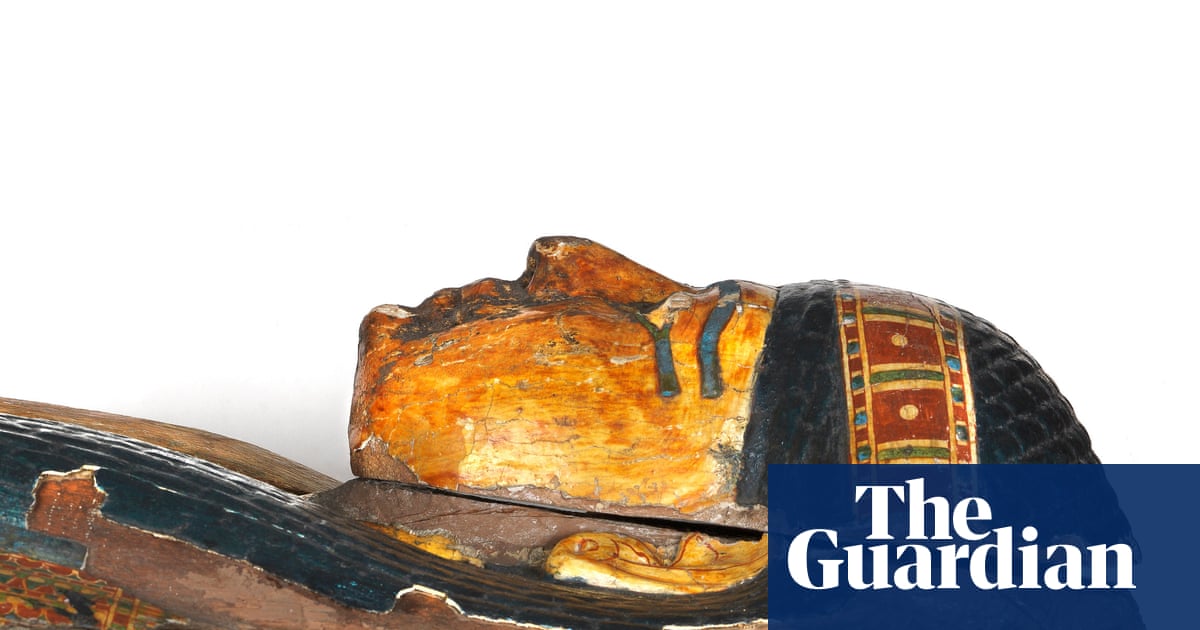
"The earliest creator in world history whose name is known to us today was Egyptian. The priest Imhotep is credited with designing the step pyramid of King Djoser at Saqqara about 4,700 years ago, and so starting the sublime aesthetic achievements of the ancient state that straddled the Nile. Yet ancient Egyptians did not imagine creativity as an individual achievement or see artists as celebrities unless they were literally gods."
"They didn't call themselves artists, for one thing. The term they used is hemut', someone who knew how to do things in a skilled way with deep knowledge. These highly skilled workers were predominantly men and their knowledge was passed on through families, father to son. It was valued work and their lives were fairly comfortable. In the Valley of the Kings"
Imhotep, an Egyptian priest, is the earliest named creator in history and designed Djoser’s step pyramid at Saqqara about 4,700 years ago. Ancient Egyptians typically did not view creativity as an individual achievement and rarely remembered artisans by name; notable figures could be deified as divine patrons. Much Egyptian art functioned ritually, serving the dead in the afterlife rather than public admiration. Artistic style remained conservative for millennia, with only superficial changes across three thousand years. Nonetheless, tomb wall paintings sometimes reveal spontaneous, sketchy outbursts of individual expression. Skilled craftsmen called hemut' transmitted techniques within families and enjoyed valued, comfortable lives.
Read at www.theguardian.com
Unable to calculate read time
Collection
[
|
...
]